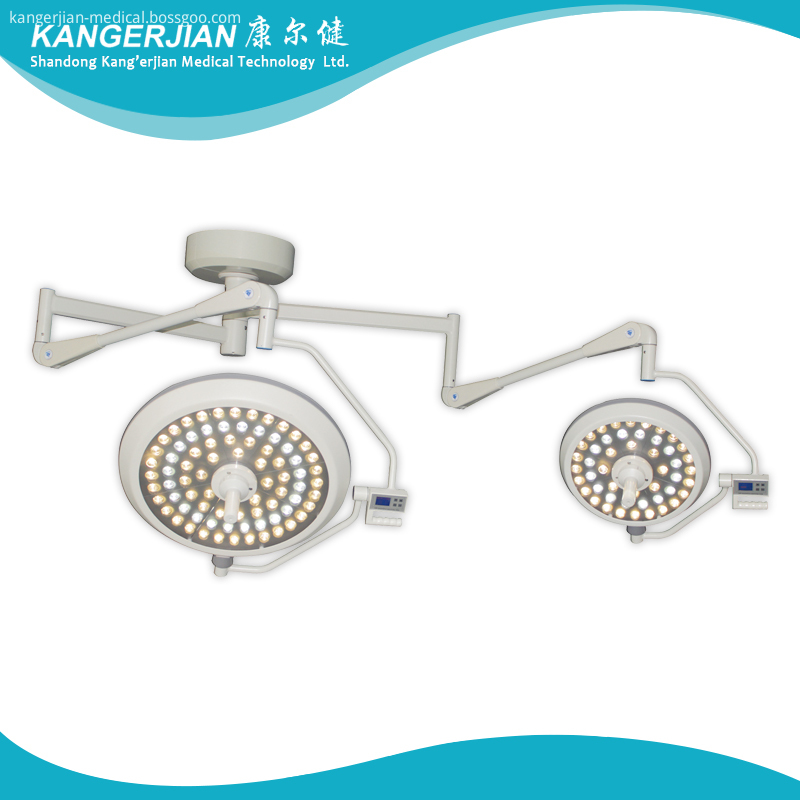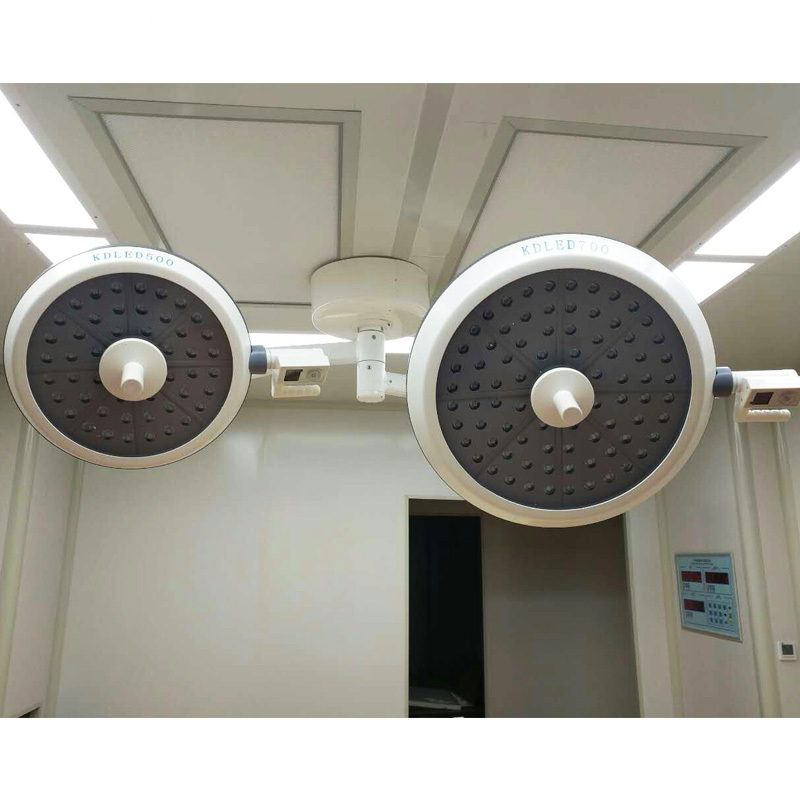Feeding techniques during brooding geese are brooding from hatching to 28 days of age. During this period the goslings grow rapidly and have poor adaptability to the external environment. At this time, to provide a good feeding and management conditions can promote the growth of geese, improve feed utilization, reduce the number of geese, and reduce the scouring rate, so pay attention to solve the following problems. (1) Preparation of a brooding room. Prior to brooding, the brooding room was thoroughly cleaned and disinfected. The brooding room can be spray-sterilized with a new benzalkonium chloride. The wall surface can be disinfected with 10%-20% quicklime. After disinfection, close the doors and windows for more than one hour, and then open the doors and windows to allow the air to circulate. Brooding utensils can be washed with benzalkonium chloride or 2% NaOH and rinsed with water. Prepare a heat preservation device and test the temperature within 1-2 days of the incubation to ensure that the temperature is stable. A disinfection tank is set in the brooding room entrance and exit, and as far as possible the entry and exit personnel should do a good job of disinfection. (2) Matters requiring attention during the brooding period. Temperature: The temperature of the brood chamber has a close relationship with body temperature regulation, feeding, drinking, activities, and feed digestion and absorption. Because the newly hatched goslings are thin and short, and their body temperature regulation and cold resistance are weak, providing reasonable temperatures at this time is an important condition for the healthy growth of young goslings. Judging whether the temperature of the brooding room is appropriate or not depends on the activity status of the goslings. When the temperature in the brooding room is too low, the goslings crowd into each other and the fluff is erect, the body curls up, and the cries of the cicadas are issued, the drinking water is reduced, and in severe cases, a large number of goslings may be crushed and trampled; when the temperature is too high, The goslings show mouth breathing, lack of energy, loss of appetite, frequent drinking, and far away from heat sources. The goslings are mostly distributed in places with low temperature of doors and windows. The temperature is suitable, the goslings are active, the breathing is calm, the appetite is vigorous, and the distribution is even. In the brooding room. Humidity: The unique living habits of goose determine that the humidity in the brooding room is too high, and the excessive humidity greatly increases the sensitivity of the gosling to temperature. When the temperature of the brooding room is high, the damp air suppresses the loss of body temperature of the goose, causing the goose to lose appetite and become restless. In addition, the hot and humid environment can easily cause the proliferation of pathogenic bacteria and cause disease. When the temperature of the brooding room is low, the high humidity will increase the loss of body heat of goslings, and it is very easy to induce colds, squatting down, and getting together. Therefore, the goose house should be cleaned in time to keep it as dry and refreshing as possible. Ventilation: Appropriate ventilation is a necessary condition to ensure the air quality of the goose house, but the ventilation and the insulation are often two contradictory aspects. Therefore, we must carefully observe that we must ensure the necessary ventilation to ensure the air quality of the brooding room, but also to avoid The temperature of the brooding room is affected, causing the temperature of the brooding room to be unstable and hot and cold. Ventilation is generally controlled. People do not feel boredom when entering a goose house, and there are no harsh and pungent odors. Light: Light has a greater impact on the health of goslings. When the weather permits, when the goslings are 5-10 days old, they can gradually increase the time for outdoor activities to receive the light and strengthen the geese's constitution. Feeding density: The growth of goslings is rapid and the body shape changes greatly. Therefore, the stocking density must be adjusted in time, the density is too large, the growth and development of the goslings are hindered, and even the emergence of feathers and feathers, and if the density is too low, the utilization rate of the brooding room is reduced. The suitable rearing density is generally about 15 per square meter at the age of 1 week, about 10 per square meter at the age of 2 weeks, about 8 weeks per square meter at the age of 3 weeks, and about 5 per square meter at the age of 4 weeks. Dietary Mixing: Newly hatched goslings have a weaker digestive capacity, and should add some high protein content, easily digestible feeds, generally eat about 12 hours after hatching, feeding a small number of times on a principled basis, with the young As the age of the geese increases, the amount of green feed or green leaves is gradually increased. Care must be taken to cut the filaments. The goslings within 1 week of age can feed 6-9 times in one day, 5-6 times in 2 weeks of age, and 2 times in night. The green feed and fine feed should be fed separately. Feed the concentrate and then feed the green feed to prevent goslings from picking green food. In the first few days of goslings, the amount of complex vitamins can be added in drinking water to facilitate the health of goslings. Goslings begin to grazing, the age of the water depending on the weather and the health status of the goslings, the spring is generally 4-5 days of water can be released, the beginning of summer 2-3 days, when the weather is cooler in autumn and winter should be appropriately postponed. There are generally three ways to raise and manage the breeding of goose: grazing, fattening, feeding, fattening, feeding and fattening (1) grazing and fattening. In the harvesting season, the use of residual wheat in the farmland or the grain that is scattered in the rice field is used for fattening. Such a fattening method can reduce the amount of feed, but often requires supplementation. (2) Feeding and fattening. Prepare the fattening goose in the house, reduce the light in the house, reduce the interference from outside, make it possible to reduce unnecessary activities, feed 3-4 times of high-energy diet every day, properly add some protein feed, and supply Adequate drinking water to increase appetite, help digestion, rapid body fat deposition, generally slaughtered after about 15 days. (3) feeding fattening. Combine diets or corn-based mixes with water and mix them into a 1 to 1.5 cm thick, 5 cm long food group. At the beginning of filling, each time 3-4 food groups, 3 times a day, then gradually increase, each time 4-5 food groups, 4-5 times a day. This type of fattening method is relatively rapid and can usually be marketed in about 10 days. (Mr. Liu Sijia, Guangdong Poultry Research Institute, Guangdong Province)
Kangerjian round type LED Operating Light LED bulb from OSRAM ,do not engender infrared ray and ultraviolet radiation, it doesn`t have the temperature rise and tissue damage caused by halogen shadowless light, can accelerate the wound healing after surgery, and has no Radiation pollution
Variety of Surgical environment lighting mode: bright, normal, endoscopic lighting mode.



Round Type Operating Light,LED Surgery Light,Led Surgery Ceiling Lamp,Surgical Shadowless Lamp
Shandong Kang'erjian Medical Technology Ltd. , http://www.kangerjian-medical.com